Eurotrip 2022: Lisbon, Portugal
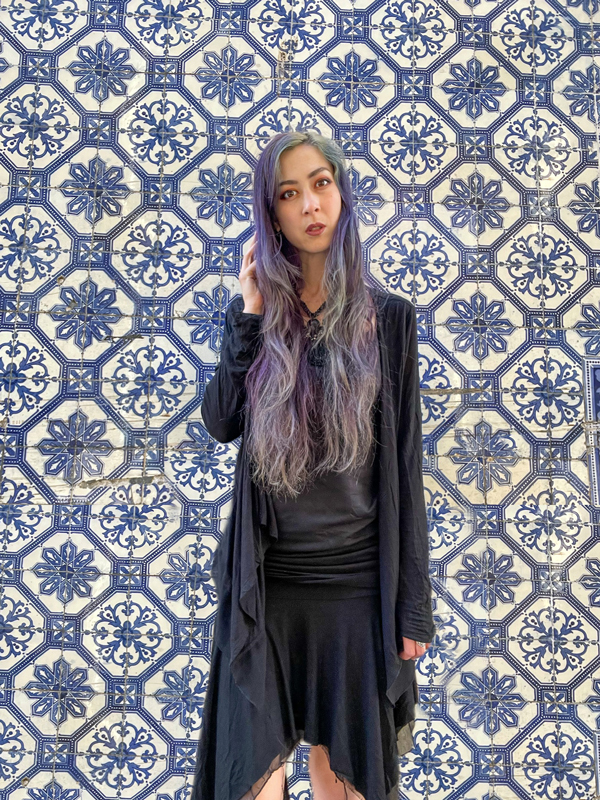
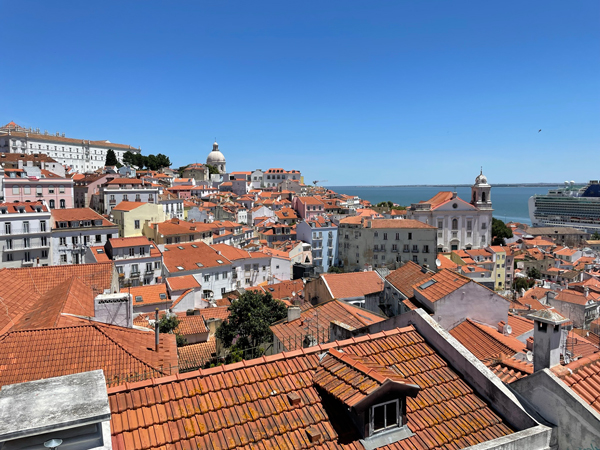
Lisbon looks like a faraway fantasy destination that’s only seen in postcards: hilly cobblestone streets and rows of houses covered in patterned decorative azulejo tiles.
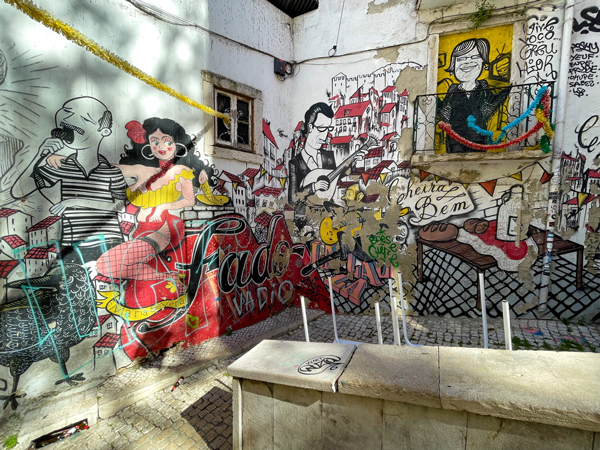
I knew that Lisbon was brimming with art and architecture, and it wasn’t until I actually set foot in this illustrious city that showed just how prevalent it is. This city lives and breathes creative passion; it’s the lifeblood that gives the city its unique identity. You may hear Fado music crooning out of open windows, the wistful melodies longing for a past that cannot be recovered.
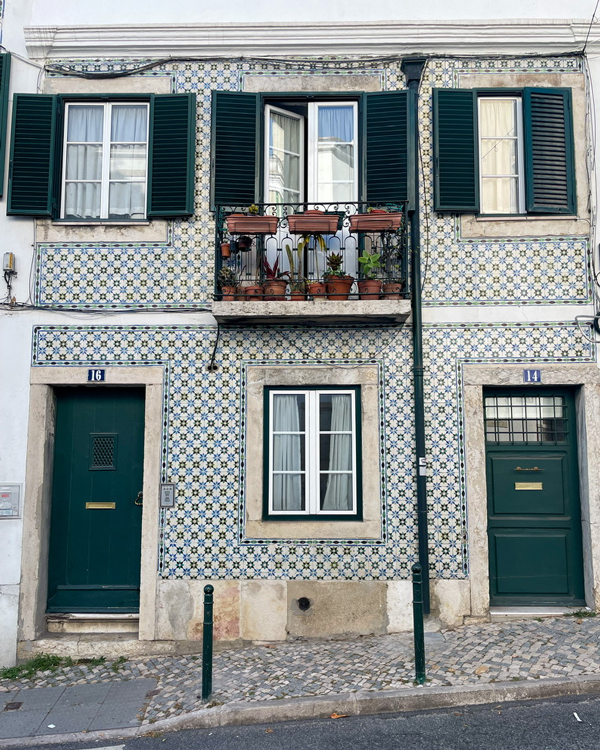
Everywhere you go in Lisbon, you’ll find intricate glazed ceramic tiles called “azulejos” covering buildings or facades. Sometimes you’ll even find them inside dining rooms, bathrooms, or kitchen walls in restaurants and homes. I never knew that I had such a fascination with tiles until I set foot in Lisbon!

Azulejos in Lisbon

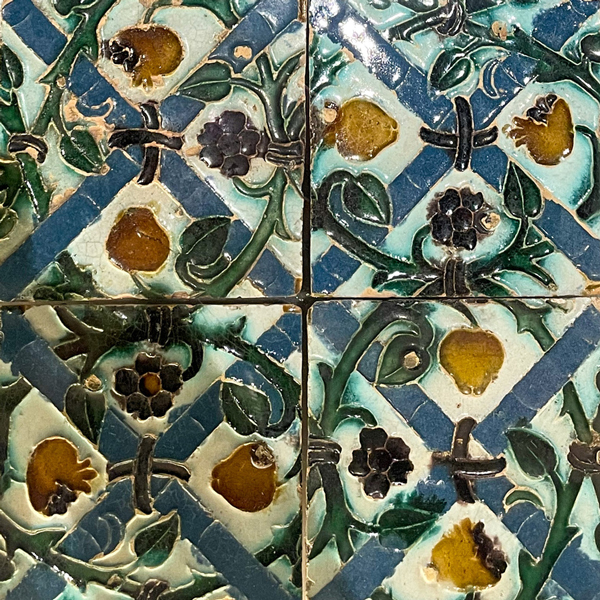
Azulejo stems from the Arab word azzelij or al zuleycha, meaning “small polished stone.” The azulejo is an important part of Portuguese identity art. Made of geometric designs and plain colors, they have been used since the 13th century. In the 16th century, the use of these azulejos as ornamental facing spread throughout Portugal. Islamic culture inspired the intricate knot-like geometric patterns, filling in as much space as possible.
From the 16th century, animal and plant motifs, along with Gothic references, gradually replaced the geometric patterns. But the Moorish techniques still endured.
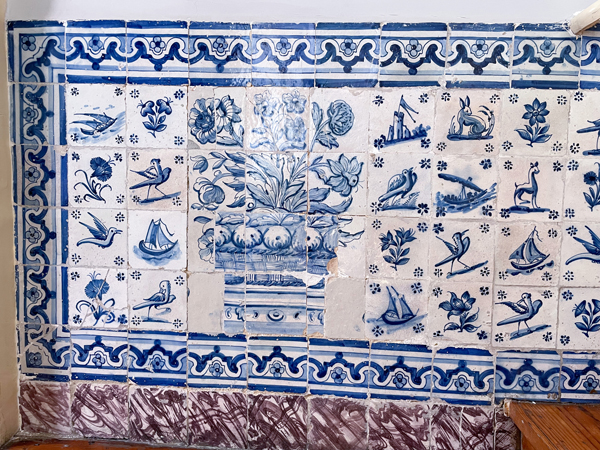
Many of the tiles that are seen around the 19th century are hand-painted. Notice the nuances of the brushstrokes when you look closer.
There’s even an entire museum dedicated to the azulejos! The Museu Nacional do Azulejo is a must-see for anyone who is charmed by the craft. It only costs €5, and it’s totally worth it. You can visit the whole museum in an hour.
Also, never ever buy old tiles from a flea market. Those have been stolen from buildings and homes, as seen in gaps in the walls. Don’t buy goods that have been taken from someone else!
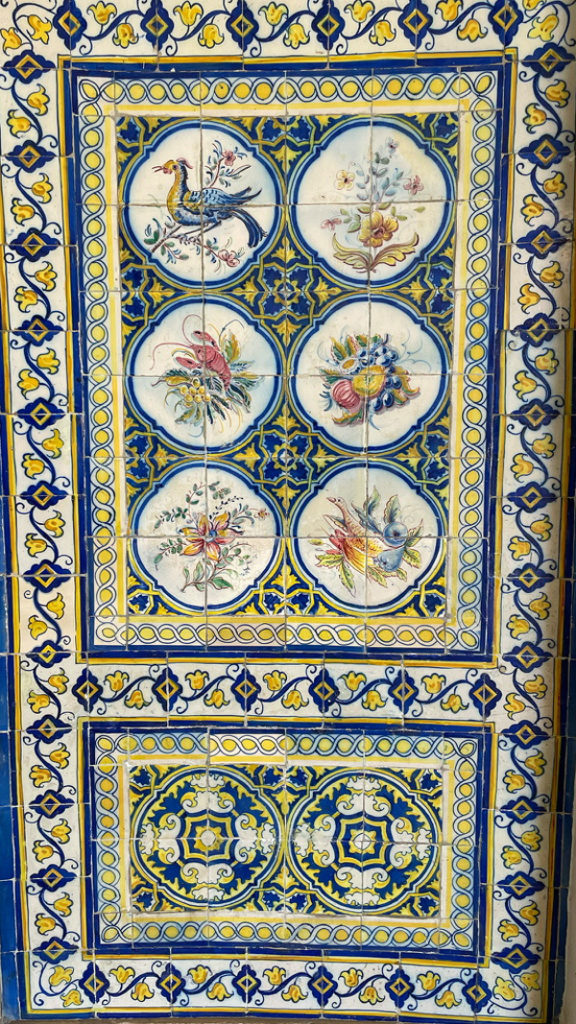
Street Art in Lisbon
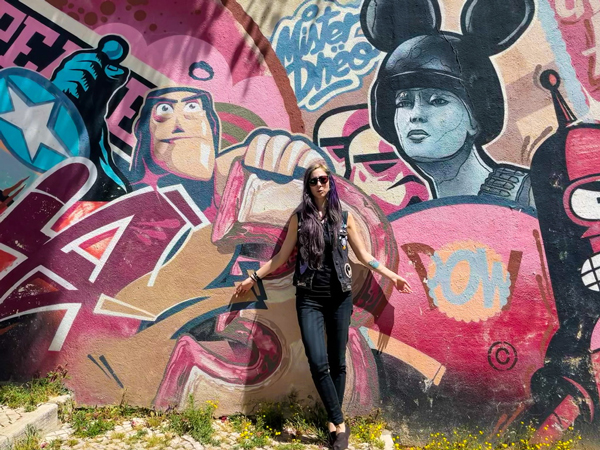
Street art is ubiquitous in Lisbon. Everywhere you go, you’ll find hidden treasures in narrow alleyways, on the corners of buildings, and other unexpected places—until you realize to expect the unexpected. On a larger scale, you’ll find beautiful murals on the sides of buildings that broadcast their messages out to the world about existence, longing, shared experiences, and everything in between.
So, I did what any sensible creative person would do: I went on a three-hour street art tour with Lisbon Street Art Tours (not sponsored–it was a fun thing to do).
Street art vs. graffiti
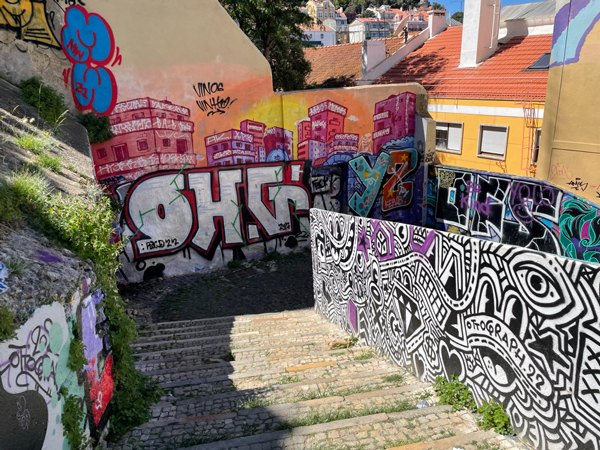
From the time street art and graffiti have existed, there have been endless debates on how to define both of them. There seems to be a difference between street art and graffiti, since they come from two different environments.
At the loosest definition:
- Street art is commissioned and legal, so there’s a designated place to create it. It’s usually image-based and not words.
- Graffiti is based on scribbles and words, and they’re not commissioned or legal.
With graffiti, it’s about the game: marking territory or gaining notoriety. In those scribbles, there’s a lot of symbols in tags. The quick tags are called “throw ups,” because they’re easily dished out on a surface. The more developed ones are called pieces.
Underground culture groups wanted to be more visible so they went to moving walls like freight trains–which is why you see a lot of tags on trains. Graffiti can be about messaging in political environments, too.
In a sense, both street art and graffiti stem from the freedom of expression and content, where artists can express whatever they want, wherever they can. This often gives room to express difficult messages.
Favorite street art in Lisbon
There’s less street art in city center, so we started in Moderia: a multicultural neighborhood outside the central neighborhood. Many street artists live here, especially Brazilian artists. You can find smaller works that have a lot to say and stickers from notable street artists.
Bórdalo II

Bórdalo is a street artist who creates 3D work made out of trash, such as car parts. Using this medium, he gives trash a new life, rather than letting it go to landfills. He thinks that one man’s trash is another’s treasure. Most of his works are commissioned and legal. If you have work that big that stands the test of time, it has been legally commissioned.
Oze Arv

Oze Arv paints large-scale murals that are rich in color–without the use of any digital aids, such as projectors, or studio assistants. He does everything on his own.
We can see his style really come together. Throughout his work, you’ll see a combination of stripes and realism. This large mural is about spring. He did it alone without any help from anyone.
Zizi’s work

Our lovely tour guide, Zizi, also had her own work up! In her mural, she portrays how feminism is in many different parts of the world. Lisbon has a specific type of feminism. Women run away from first marriages, and they fight alongside the men. It doesn’t mean being in favor of war, but having the will to fight by their male counterparts. The woman in this mural is a sculptor and actor from France named Sarah Bernhardt.
Mario Belem
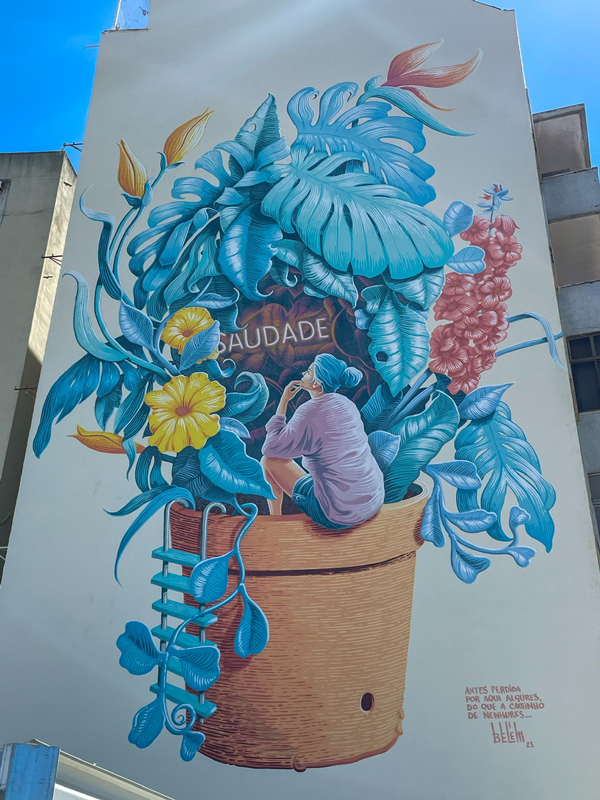
“Saudade” cannot be translated exactly, but it means a deep longing or nostalgia about something that you can’t have back. There’s the waiting for something better to come by, the hopefulness for a change with whatever it might be. At the bottom, the mural translates to, “it’s better to be lost in here somewhere than to be going nowhere.” It invites dialogue about missing what’s near us. We need to look at the beauty of what’s in front of us and stay present.
Shepard Fairey

Shepard Fairey is one of the most iconic and prolific street artists of all time, delivering political messages in a way that’s accessible for everyone. He’s best known for his revolutionary propaganda style while combining elements from contemporary art: bold, contrasting colors and well-defined lines for a dramatic effect.
This mural is about the Carnation Revolution that happened on April 25, 1974–a revolution to overthrow António de Oliveira Salazar’s authoritarian regime that presided over Portugal for almost 50 years. That night, a song to signal the coup aired on the radio. Then, thousands of Portuguese took to the streets with the military. Almost no shots were fired that night, and nobody died. A restaurant worker by the name of Celeste Caeiro put carnations into the muzzles of soldiers’ rifles. Hence, this carnation shown here.
Utopia
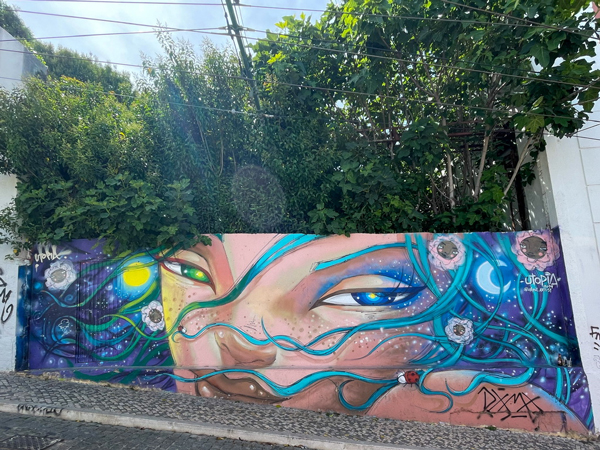
Utopia mostly paints sultry, colorful women with the universe in their seductive eyes. He’s my personal favorite, mainly because I’m a sucker for pretty women and outer space themes.
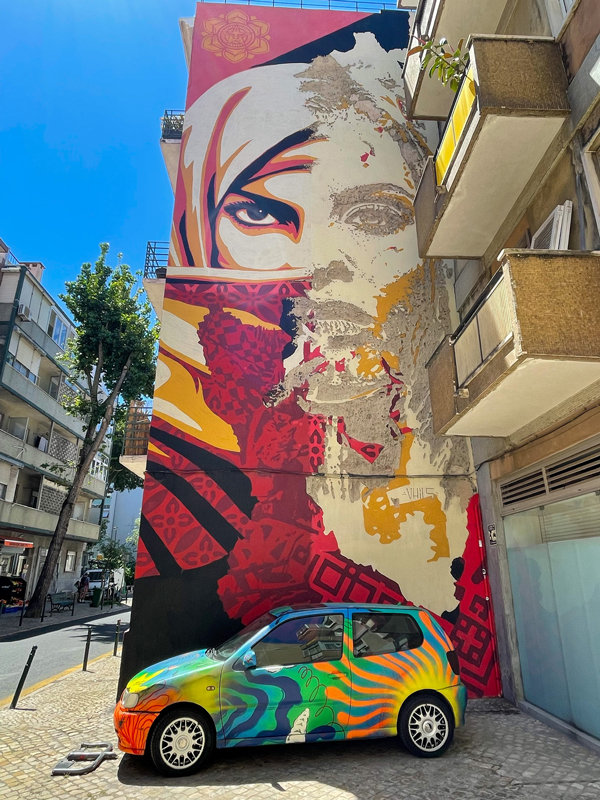
This Vhils/Shepard Fairy collaboration illustrates the multicultural neighborhood. Vhils used a dremel to etch out the surface and give it texture. There are some older buildings where he couldn’t do that, because it’s too fragile. So, he used a more superficial technique to create a similar visual effect.

This is a mural showing a friendship between a Kurdish and a Tigrayan girl. There’s a regional war currently going on between these two cultures that nobody is talking about, and this is what this mural is about.
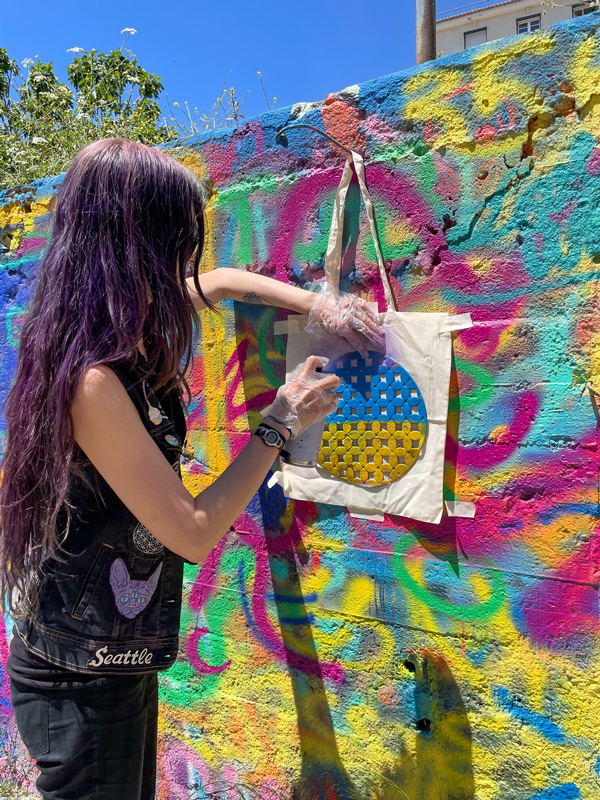
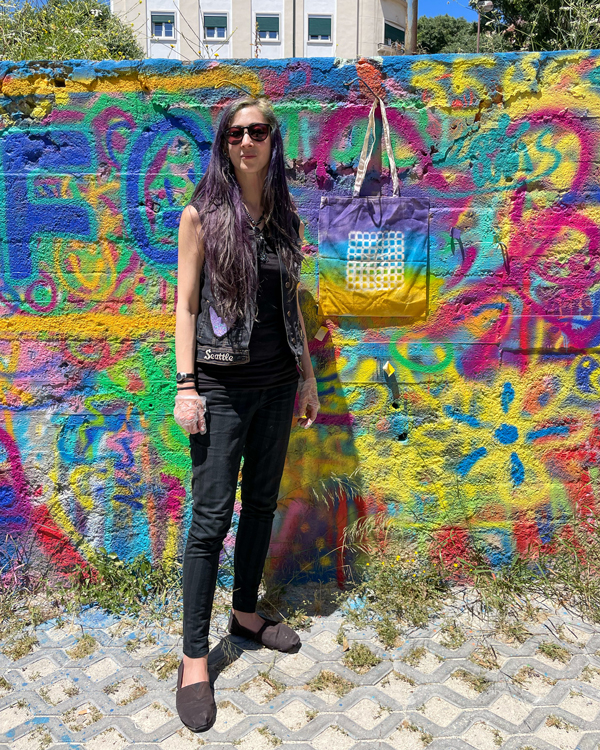
After the street art tour, we spray painted patterns onto tote bags. The last time I used spray paint was to paint a David Bowie mural in 2020. It felt nice to make something, even if it went by quickly.
LxFactory: creative lifestyle in Lisbon
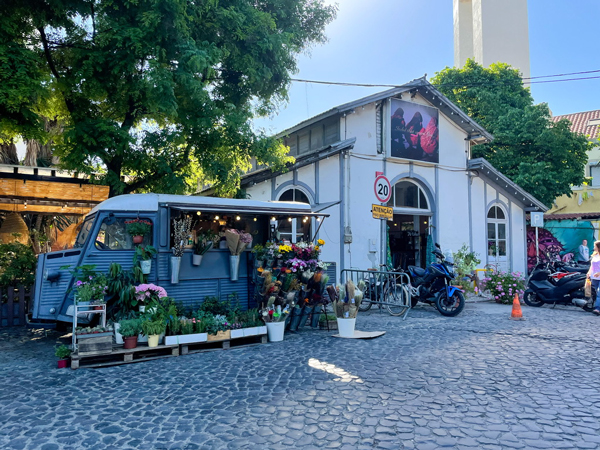
I headed over to LxFactory, a repurposed industrial complex that houses numerous artsy shops, cafes, and restaurants. This is a creative island showcasing more street art, fashion, culinary feasts, literature, and many more mediums in a way that belongs to everyone.
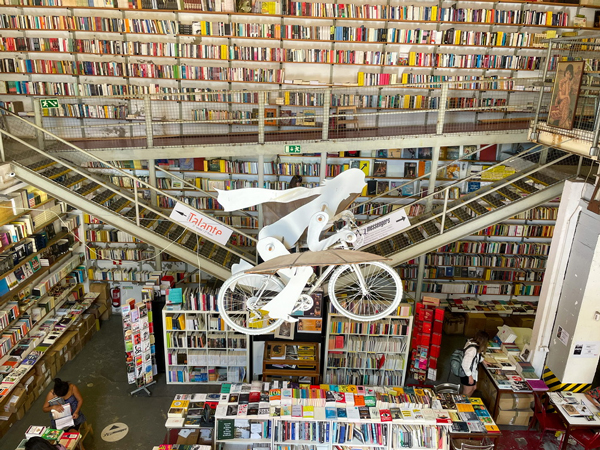
You could meander through the friendly shops, the unpretentious attitude welcoming anyone who is interested. My favorite shop was a bookstore with shelves extending two floors! The bookstore is called Ler Devagar and it contains a cafe, a music shop, an art gallery, a library, an auditorium, and more. There are frequent events in this bookstore, such as book readings, art shows, and performances.
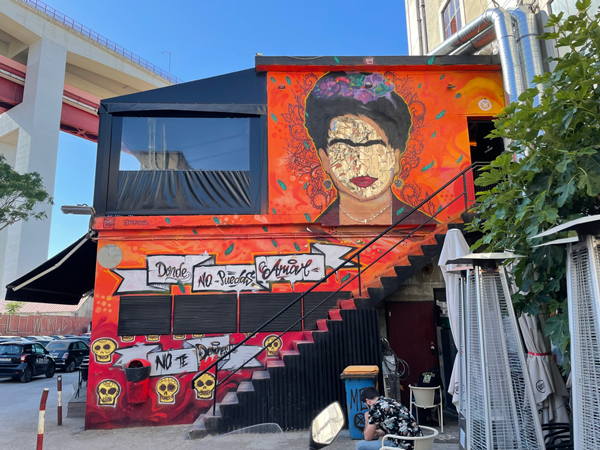
Vegan food in Lisbon
In Lisbon, finding vegan food was very easy. Usually I ate a light breakfast at my hostel for free. For lunch, the Happy Cow app showed some real crowd-pleasers, and these are my favorites.
Orteá Vegan Collective

Orteá Vegan Collective’s menu looked so attractive, that it took a while to decide what to get! I got their Tribo bowl, which had warm tempeh, mushrooms, purple onions, carrots, broccoli, and ginger black rice. After walking around and seeing street art all day, something as nutritious as this bowl hits the spot just right. It had just the right amount of protein, carbs, fats, and veggies to replenish my energy.
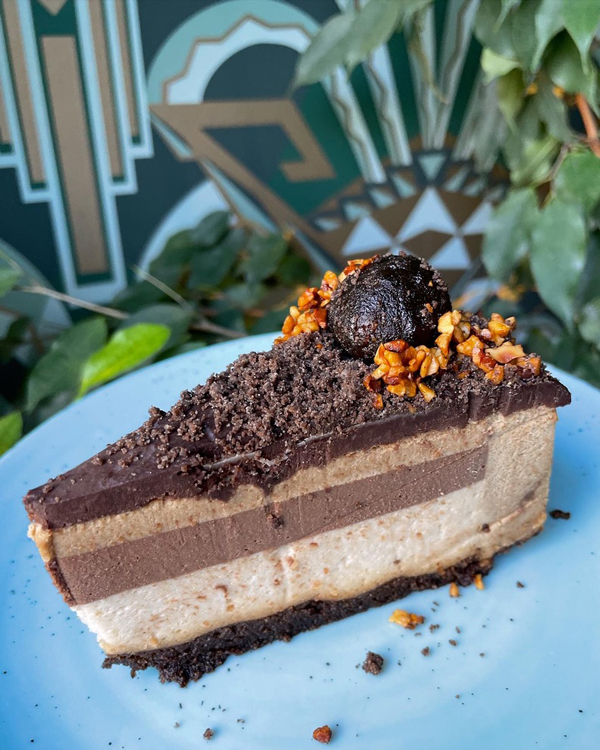
For dessert, I asked for this chocolate coffee cheesecake. It is sweetened with coconut sugar, so it was light and didn’t make me crash at all.

Their chic interior was just as beautiful as their food: full of greenery and natural light.
Jardim das Cerejas

Jardim das Cerehas offers an all-you-can-eat buffet for only €9.50! The food is Indian cuisine with a Portuguese twist, such as pasta, fresh veggies, vegan meatballs, and cold side dishes. The soup tasted like coconut curry butternut squash. All of it was so filling that I didn’t even need to eat dinner that day. I even declined dessert!
Legumi Sushi Vegan


It’s rare to find sushi beyond cucumber and avocado rolls, so it’s not a dish that I have very often–until I found Legumi Sushi Vegan, that is. Marinated tofu, pickled vegetables, mayonnaise, and pineapples are some of the fillings that you’ll taste in this epic and gorgeous vegan sushi. The pleasant tart of the vinegar contrasted nicely with the creaminess of the mayonnaise. Where has this been all my life?
Finding Lisbon again

Lisbon showed far more than what I had expected to see. It’s truly an underrated city, one that I don’t hear about as often. From the azulejos to the vegan food, this city is one that I would like to return to someday.

Leave a comment